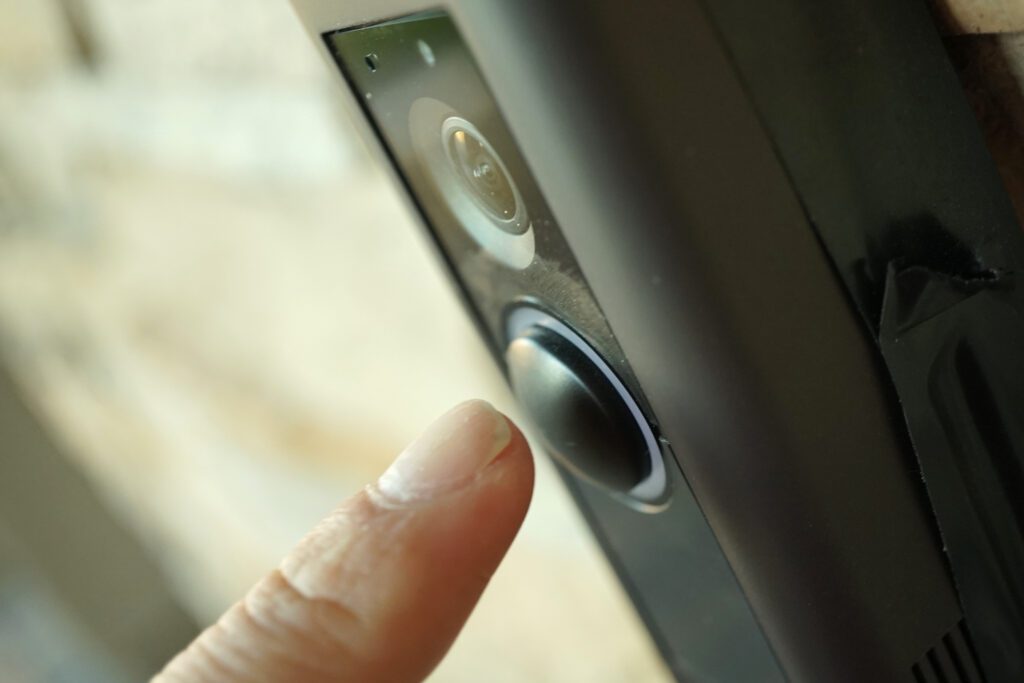Why Investment in Your Canvassing Efforts Could Be More Important Than Ever Next Year


With the rise in voter mistrust about elections in general and new technologies in particular, campaigns may want to rethink their human-to-human contact strategy.
Two recent polls, including a recent YouGov survey, commissioned by the Artificial Intelligence Policy Institute (AIPI), and an Axios-Morning Consult AI Poll, showed that a strong majority voters are gravely concerned that the rise of AI in general and specifically believe that the use of AI will have a negative impact on the 2024 elections.
Campaigns need to pay heed to this rising concern among voters. While every new technology has the power to be used for good, mischief or worse, voters’ sense is that AI could take this to extremes.
Some of the worries recent research reveals: misinformation spread by AI will have a negative impact on who actually wins next year and the likelihood that AI-generated ads will make voters less likely to believe campaign advertising they see. Voters are also concerned about deep fakes, and the notion that it may quickly become harder to distinguish between “real” information and malicious misinformation.
Voters are just as wary of privacy concerns inherent in the targeting that underlies digital advertising. They believe too much of their personal information is available online and that this information is used to manipulate their behavior and what they think, including in elections.
All these concerns come at a time when Americans’ distrust of politics, elections, and indeed all major institutions is at an all-time high.
This isn’t to say the proper use of AI in campaigns, and the appropriate use of digital targeting opportunities are inherently bad. The same targeting capabilities available in digital advertising can be used to target a grassroots campaign as well.
The difference is the medium through which the voter contact is made. Voters are inherently more trusting of human-to-human contact. They believe that when you can look another person in the eye, they can see if that person is telling the truth. And this a moment when political campaigns need to lean into that.
For campaigns, this means budgeting enough campaign spending for a contact media they know is more likely to be believed and less likely to drive suspicion: door-to-door canvassing.
But not all human-to-human contact is created equal, and for every campaign and general consultant who has argued that quality advertising pays for itself, that same principle holds for door-to-door canvassing campaigns.
Quality human-to-human campaigns start with the quality of the canvassers. Like any campaign advertising, you get what you pay for. If you take the time to recruit and pay for better canvassing talent, and take the time to train them well, the results will simply be better voter contact.
The push to bring excellence to your canvassing operation begins with recruitment and training, but it doesn’t end there. Rigorous quality control must be part of the ongoing management of your canvassing operation, and the campaign or general consultant needs to ask field teams about the details of their quality control plan.
How are they ensuring canvassers stay on script and properly code voter feedback? How are they verifying that the canvassers are actually going to their assigned doors and talking to the specific target voters? Human-to-human contact fills an important role on the believability spectrum of voter contact, but only if it’s occurring with fierce quality control through the campaign.
The bottom line: in an era of increasing voter skepticism of everything in politics, incorporating a quality canvassing program into your voter contact mix can ensure that a portion of your campaign falls significantly higher on the believability scale.
Voters are wary of AI in campaigns and many modern campaign tools and technologies. Until truly lifelike androids replace the human canvasser, putting someone on the doorstep of your target voters needs to be part of the campaign plan that isn’t just taken for granted.
The timing has never been better. The U.S. Census Bureau has reported the share of home-based workers has more than tripled since 2019, resulting in almost 19 million more Americans working from home. This creates the potential for improved contact rates going into 2024.
Julie Griffiths and brothers Paul and Joel Olson are the founders of GOCO Consulting, a National Field Firm specializing in direct voter contact.

